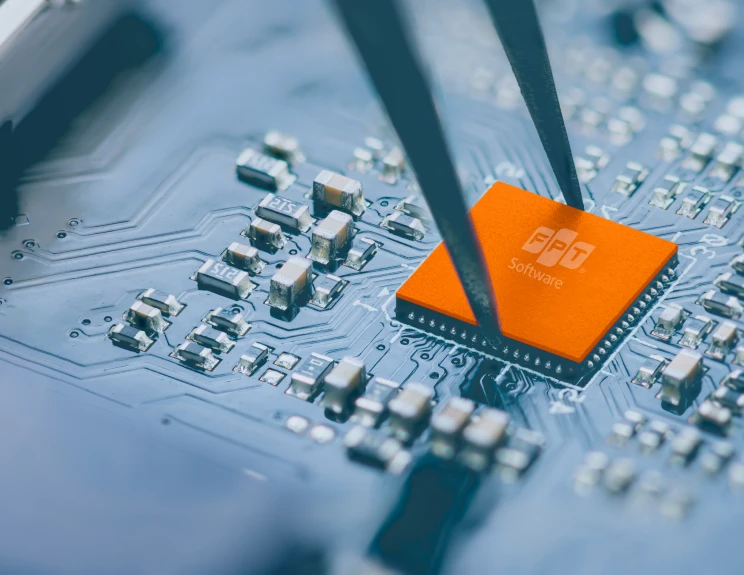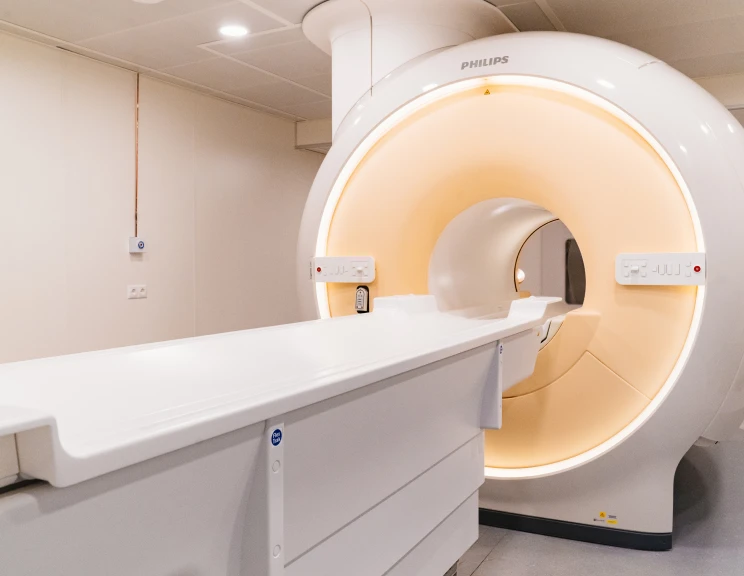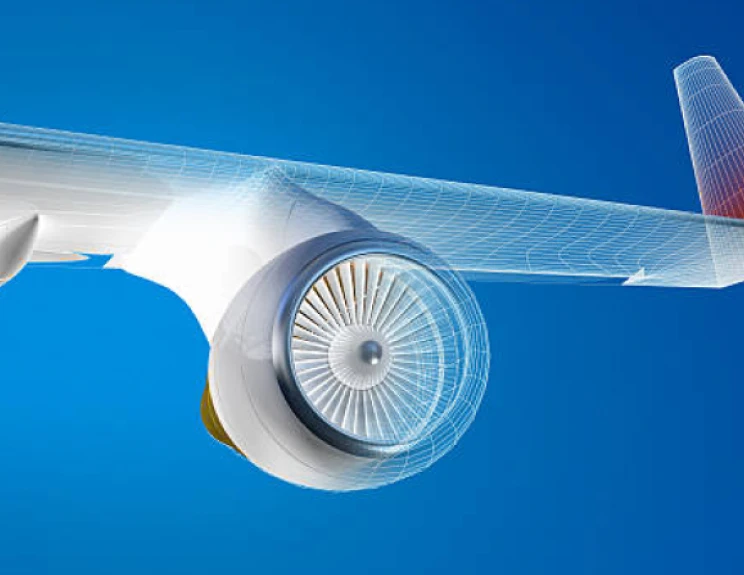
In the ever-evolving world of healthcare, Artificial Intelligence (AI) is making waves, particularly in the realm of image diagnostics. This transformative technology is empowering medical professionals with faster and more precise diagnostic capabilities, ultimately improving patient outcomes. From streamlining clinical processes to identifying subtle abnormalities invisible to the human eye, AI's impact on image diagnostics is nothing short of revolutionary.
Reimagine Healthcare: The Surge of AI Technology
The adoption of AI in healthcare is growing rapidly in recent years, with a staggering number of 79% of healthcare organizations already using AI in some form [1]. This integration is only expected to increase as the global AI healthcare market is projected to reach $208.2 billion by 2030 [2].
Diagnostic imaging is one of the key areas where AI is making a huge difference. AI's ability to quickly analyze complex medical images—such as MRIs, CT scans, and X-rays—enables efficient and accurate diagnosis of a wide range of conditions on large datasets. For example, an AI model was able to distinguish COVID-19 from CT scans within just 20 seconds with an accuracy rate of over 90% [3]. This powerful capability is driving healthcare providers around the world to pursue the integration of AI into their system to enhance the clinical process.
Elevating the Care Journey with AI-Powered Imaging
- Faster Diagnosis and Intervention: AI-powered tools can analyze medical images within minutes, or even seconds, drastically reducing the time it takes to diagnose life-threatening conditions. In stroke care, AI has been reported to cut the time between CT angiography and intervention by 38 minutes, significantly boosting life-saving potential [4].
- Patient Progress Tracking: For traditional methods, it is challenging to detect minute real-time changes in a patient's condition. Through constant data monitoring and analysis, AI can track disease progression over time, making it particularly beneficial for diseases like cancer, where tracking changes in tumor size or structure can directly impact treatment decisions.
- Reducing Physician Workload: Medical professionals often face an overwhelming amount of imaging data to analyze. AI helps ease this burden by automating many aspects of the image analysis process, reducing human error and preventing burnout among healthcare providers.
- Improving Patient Outcomes: The ultimate goal of any healthcare advancement is to improve patient outcomes. By enabling faster diagnosis, enhanced personalized treatments tracking, and more accurate analysis, AI helps doctors deliver better care to patients.
AI Diagnostics: Transforming Patient Care in Real-Time
- Cardiovascular Conditions: AI technology is currently being used to detect cardiovascular problems, such as heart enlargement (cardiomegaly) or valve abnormalities. AI-powered tools can analyze chest X-rays with far greater detail than traditional ones, catching conditions that might otherwise go unnoticed.
- Brain Disorders and Tumors: AI has proven incredibly valuable in diagnosing brain-related conditions. It’s being used to detect neurological disorders like Alzheimer’s and amyotrophic lateral sclerosis (ALS) with much higher accuracy by analyzing brain images. Moreover, AI can classify brain tumors in just a few minutes with a 98% accuracy rate [5].
- Cancer Screening: AI technology has made significant strides in the field of cancer screening, particularly in detecting calcifications with remarkable accuracy. This advancement has contributed to decreasing the chances of false positives and overlooked diagnosis. Recently, researchers have developed an interpretable AI model capable of predicting the 5-year risk of breast cancer from mammogram images [6].
- Fractures and Musculoskeletal Injuries: AI’s ability to detect subtle fractures and musculoskeletal injuries that may not be visible to the human eye is proving to be a game-changer, particularly for elderly patients.
FPT Software: Accompany the Future of Image Diagnosis
Catching the AI wave, FPT Software is leading the charge on the integration of AI into medical image diagnostics, providing a range of solutions aimed at improving diagnostic accuracy and efficiency. Our AI applications include early detection of lung cancer, cephalometric analysis, and acne diagnosis. By utilizing deep learning and machine learning techniques, these solutions can process complex medical images - CT scans and X-rays, to identify conditions such as tumors, skin diseases, and measurements of muscle and fat with a high degree of precision. Furthermore, our cloud-based AI imaging diagnostic system facilitates a more streamlined diagnostic process by offering real-time analysis and reporting.
One notable application of our AI technology is the proton dose calculation system developed for a medical device company that specializes in proton beam therapy for cancer treatment. This system uses deep learning to calculate the precise dose and energy required during treatment. By rendering DICOM CT series with GPU support and incorporating gaze and head tracking, the model can predict the dose delivered by mono-energetic proton pencil beams for various patient geometries in a matter of seconds. This approach not only aims to improve the accuracy of proton beam therapy but also seeks to reduce the time needed for dose calculations, contributing to enhanced patient care.
Envisioning the Next Frontier
As the technology of AI continues to evolve, its role in healthcare and medical image diagnostics will only become more integral. The advantages are undeniable and underscore the potential of AI in healthcare and image diagnostics. Looking ahead, AI is poised to make even greater strides in accuracy and efficiency. Healthcare providers should certainly continue to develop and look for ways to fully leverage AI solutions to enhance their clinical process.






























